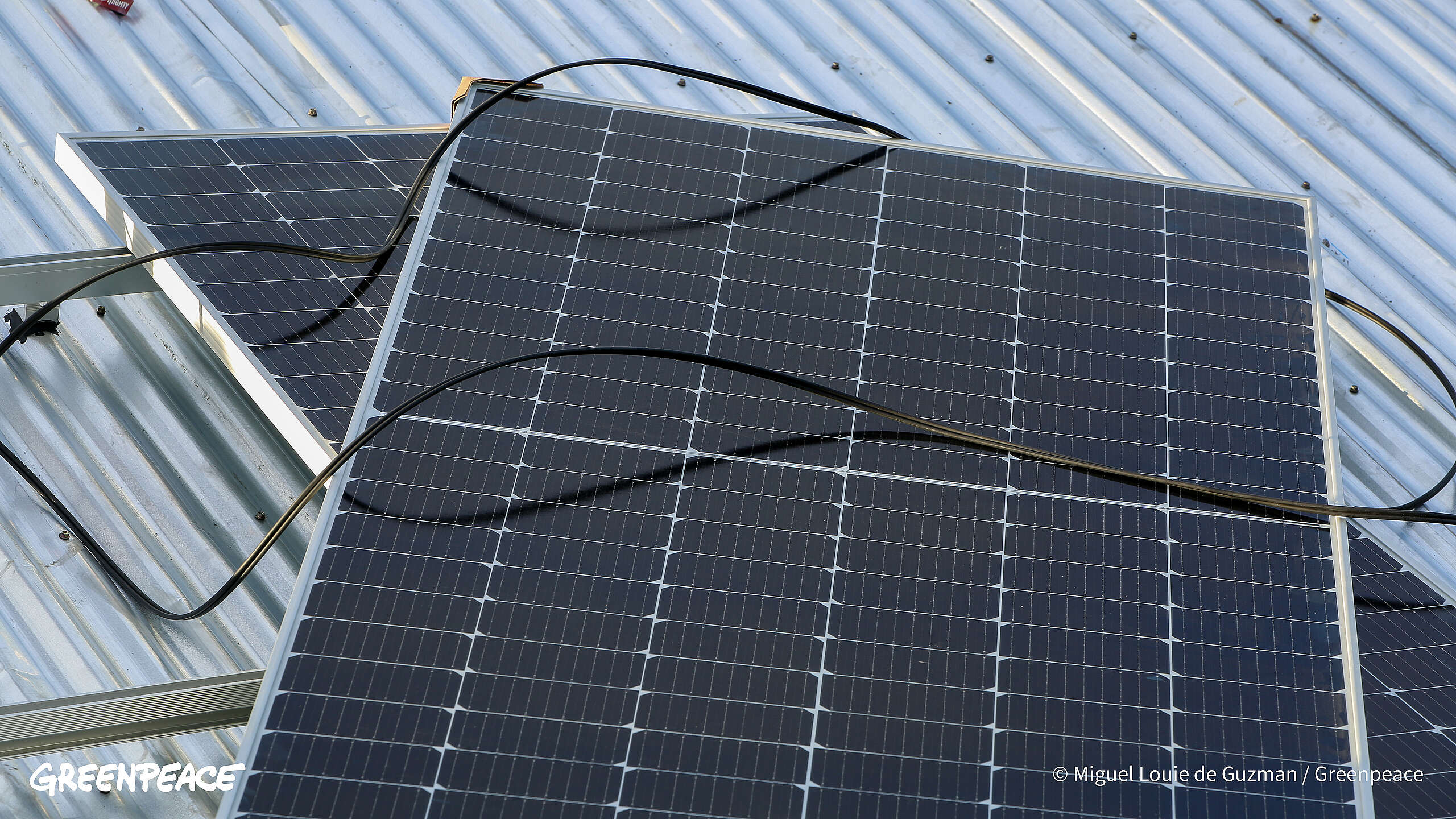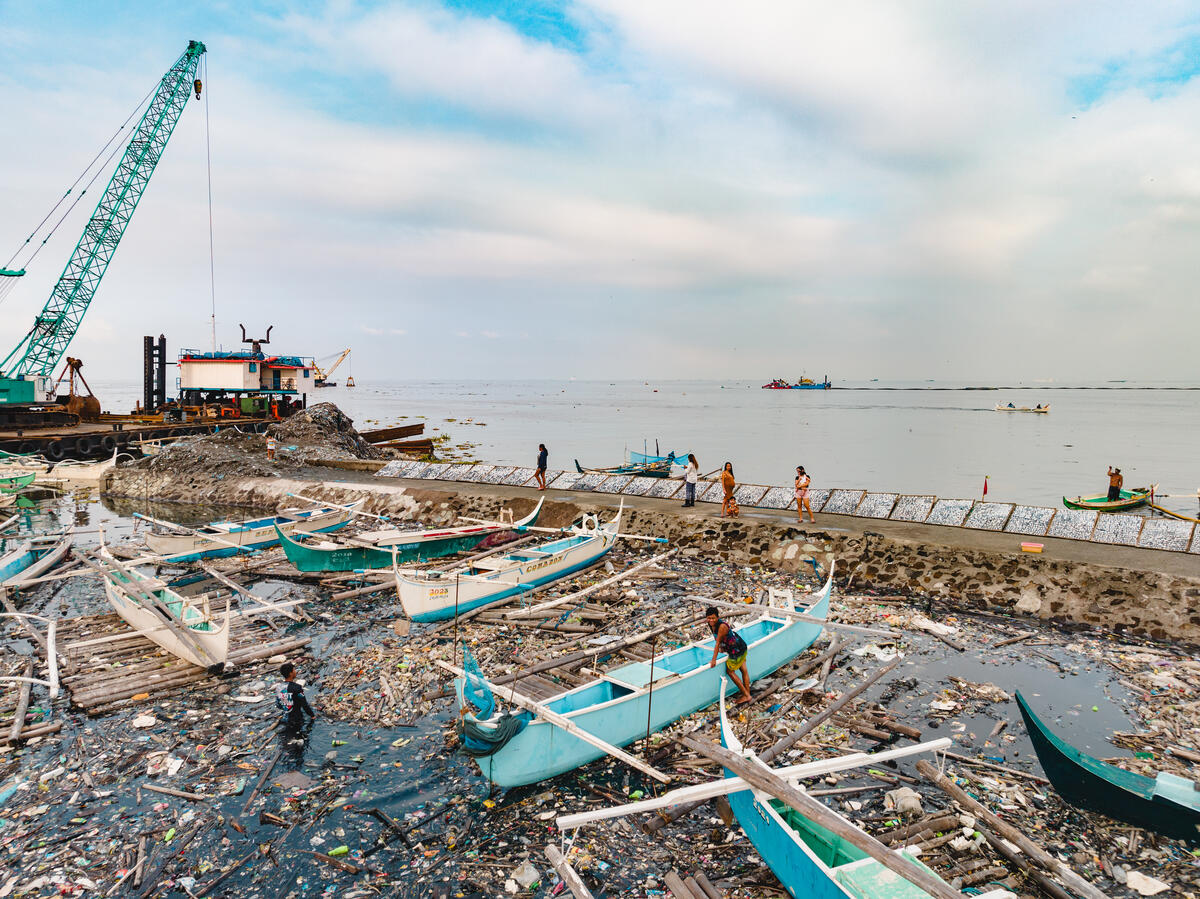Related content
Download the briefing paper by clicking the link below:

Related content
Download the briefing paper by clicking the link below:

President Ferdinand Marcos Jr. has signed into law Republic Act (RA) 12120, or the Philippine Natural Gas Industry Development Act. The law seeks to increase the share of natural gas in the country’s energy mix as well as to promote it as a supposedly “safe, efficient, and cost-effective source of energy.”

Residents of Bilangbilangan and Batasan Islands, with support of local government units and Greenpeace have installed solar panels and charging stations to strengthen their climate response capabilities and transition away from fossil fuel dependence.

For fisherfolk, the ocean is more than a source of food—it is their way of life. This World Fisheries Day, we are reminded that this way of life is under…